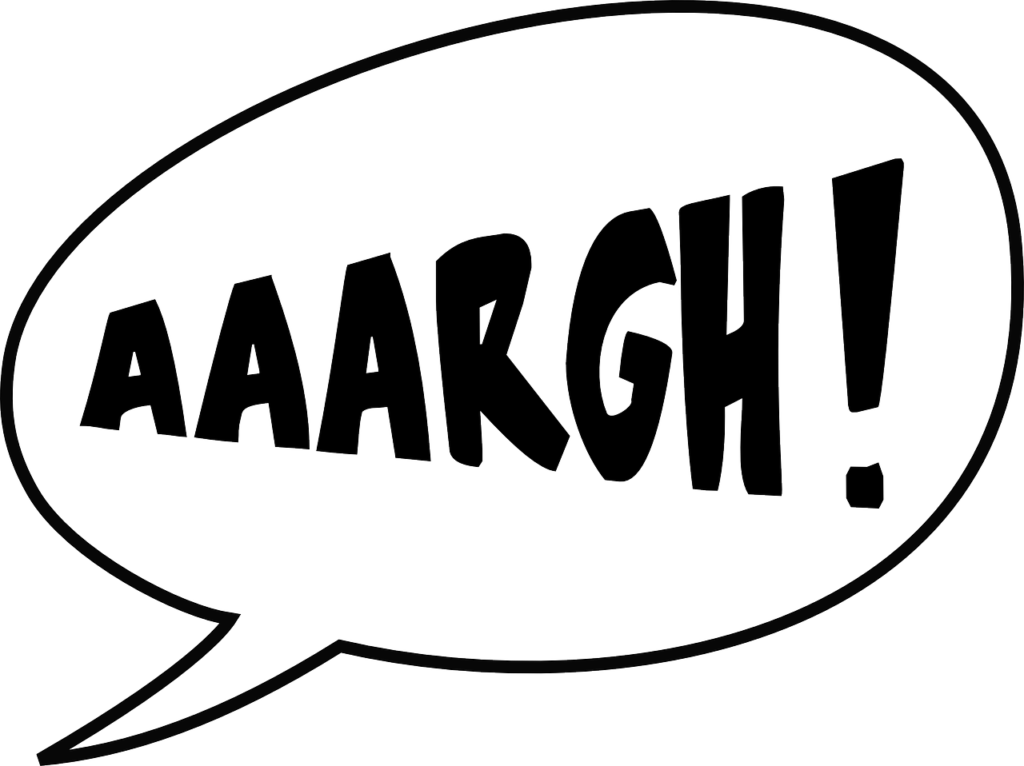Many anxiety sufferers have an issue with physical pain in addition to their anxiety condition. Their usual reaction is to try to get rid of it. But it rarely works. Not surprisingly perhaps, the approach that is effective in dealing with physical pain is the same as with the emotional pain of anxiety – the acceptance method.

If the pain is unbearable, or persistent, and does not respond to our attempts to get rid of it, how about doing the opposite?
Here is what I suggest:
> Really bring your awareness to the pain in a deliberate way.
> Feel it, as willingly as possible.
> Observe it.
> Examine it.
> Describe it to yourself.
> Make friends with it.
> Be willing to let it stick around for as long as it wants.
> Try to maintain a background awareness of it while you do your daily activities.
This approach may sound absurd since you naturally just want it gone. But it isn’t leaving anyway, so what have you got to lose by trying it? You may be surprised by the outcome.
My Experience
I remember when I first tried this approach. I was part way through my recovery from the anxiety state, and I stubbed my toe on the coffee table quite hard. The pain was immediate and intense. I began to yell out and fight against the pain.

In the middle of that reaction, I suddenly had the idea to try applying the acceptance approach to it. Instead of tensing up against the pain, I made a conscious effort to slow my breathing, let go of the tension, and turn my mental focus to the pain with an attitude of curiosity rather than fighting it.
I examined the pain, described it to myself, explored it in every way I could think of. I did this with no agenda, no intention for it to change, ease up or go away. Instead, I just studied it, and allowed it to do whatever it wanted.
To my surprise, the pain quickly lost its feeling of being unbearable. It was still an intense feeling, but it didn’t have the same effect of making me want to fight it or get rid of it. And it faded quickly – much faster than I would have expected it to, based on how hard I had banged my toe.
I realized that, as with anxiety symptoms, when dealing with pain it was crucial to have no agenda. The moment we are hoping (secretly or not) for the approach to “work” and for it to make the pain go away, this is fighting, and it will keep the pain going. We must genuinely be willing to let it be there as long as it wants.
Selflessness
To me, there is a fundamental lesson here that we can apply in all areas of our lives. It is a dropping of the ego.
For example, when we help someone, ideally we do so without expecting anything in return. Our satisfaction comes from knowing that we made someone else’s life better, and that we have used our time to give someone something they needed and could not do for themselves.
With the pain, I viewed the acceptance approach as giving it attention, but without looking for anything in return. It was a gift to my body, allowing it to heal. I was not trying to control anything, or have it go a particular way. I was stepping aside, and letting nature heal the wound.
This approach is applicable in all areas of our life. It is a much more ethical and honorable way to live. No agenda. Zero expectations. No control or manipulation. No ego.
And as far as other pain goes, I began to apply the approach there too. I had suffered chronic back pain for most of my life which I had always suspected was related to my anxiety condition. After this insight, I began to treat that pain differently. I took an honoring approach to it. And while it did not go away completely, I did greatly reduce my sense of suffering. It became more tolerable, and much less of an issue in my life.
And this transformation all began with a stubbed toe!







